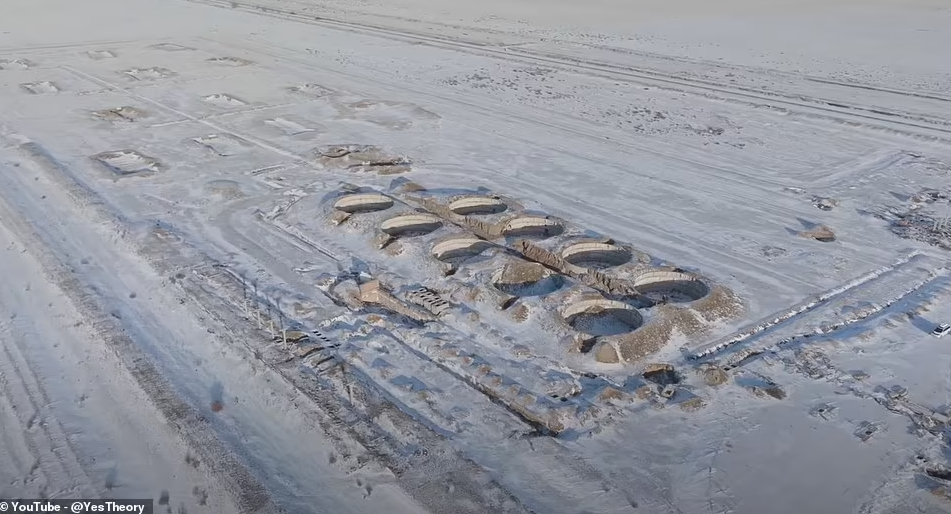Life
More than 400 nuclear bombs were detonated there: residents tell frankly about the secret Soviet city
In northeastern Kazakhstan, there is a place where 456 nuclear bombs were detonated in Soviet times. Kurchatov is a city that was founded in 1947 as the headquarters of the Soviet nuclear program. It could not even be found on maps due to the extremely high level of secrecy.
Filmmakers Thomas Bragg and Staffan Taylor visited Kurchatov and talked about the devastating impact of nuclear explosions on the health of residents. It's scary to imagine, but more than a million people lived in and around the remote settlement during the period of active testing from 1949 to 1989.
Kurchativ looks like a post-apocalyptic town. The buildings are dilapidated and abandoned, and there are only a few thousand people left in the town. And many of them witnessed the worst nuclear tests in history. The authorities managed to keep people in the dark, so the locals did not even suspect the danger posed by the explosive mushroom-shaped waves that often appeared on the horizon.
Witnesses to the events said that their houses shook violently from time to time and they saw dust clouds rising in the distance, but these effects were attributed to extreme weather cycles.
Nadiia Holovina, a resident of Kurchatov who witnessed hundreds of nuclear bombs explode in her youth, emphasized that she had no idea of the danger: "We didn't know it was so bad... We were told to leave the house if it started to collapse if a window or stove door opened and ash fell out... The chandeliers were swaying..."
In the 1950s, the detonation alone led to a sharp increase in the number of cases of acute radiation sickness, which was 4 times higher than that caused by the Chornobyl disaster.
Another resident, named Seriklai, says that he moved to Kurchatov as a miner, and his role was to help build passageways to prepare for nuclear testing.
He notes that he knew about what was going on at the Semipalatinsk test site, which was less than 160 kilometers from Kurchatov but had to sign a non-disclosure agreement.
An eyewitness named Liubov Filina said that everyone in Kurchatov started getting sick, including cancer: "We were children then and did not understand anything. Even adults did not know that a mushroom cloud was more dangerous than vibration or broken windows. In 1989, I was pregnant with my son, and he was born with a congenital cataract of 16 diopters. I believe it was caused by exposure to radiation. We saw helicopters flying over the city measuring something, and only now we realized that there was a radiation release at that time... Many children were born with defects."
It was only in 1989 that information about the radioactive contamination of the Semipalatinsk test site became public and caused a massive outcry. The government of Kazakhstan demanded that Moscow stop nuclear testing.
Eventually, on August 29, 1991, the Semipalatinsk nuclear test site was officially closed and all testing in the region was banned. This happened the same year that Kazakhstan gained its independence.
Most people left Kurchatov when the test site closed, but some decided to stay.
"People just left. The military was redeployed to other places... People were leaving, but we continued to live and work here. Everyone had families and children to feed," explains the eyewitness.
The worst explosion in Semipalatinsk occurred on January 15, 1965, when the USSR tested a hydrogen bomb that was 11 times more powerful than the bomb dropped on Hiroshima.
In the documentary, a witness explains: "The 140-kiloton device was buried almost 180 meters into the ground, and after detonation, the explosion created a crater 454 meters wide and 100 meters deep, throwing the soil almost a kilometer and a half upwards."
The explosion was so powerful that it took almost 50 days for the dust to settle. It created the hills that now surround the crater. The authorities changed the flow of a nearby river to fill the crater. Nowadays, residents call this place Atomic Lake.
Subscribe to the OBOZ.UA channels on Telegram and Viber to keep up with the latest events.






























